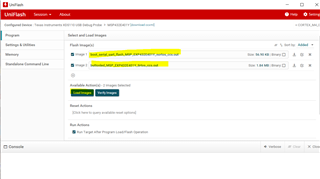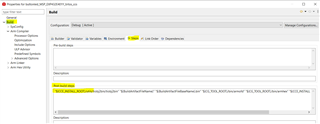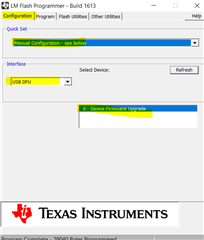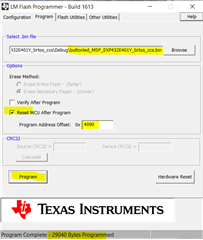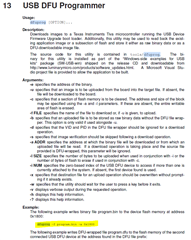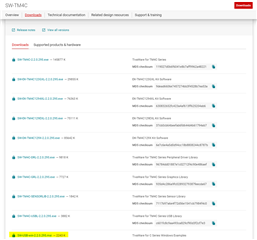Other Parts Discussed in Thread: UNIFLASH
Tool/software:
Hi,
We are doing firmware upgrade for RTOS application based on the example code "boot_serial_usb_flash_MSP432",
After successful write data in flash, on reset, there is a hard fault.
The core registers
-SP points to 0x20000000 address (which is starting address of .vecs in Application file)
-Link register pointed to Hwi_excHandler
The bootloader starting address is 0x00000000 and my application starting address is 0x00004000
Can you pls help us in resolving this issue?




